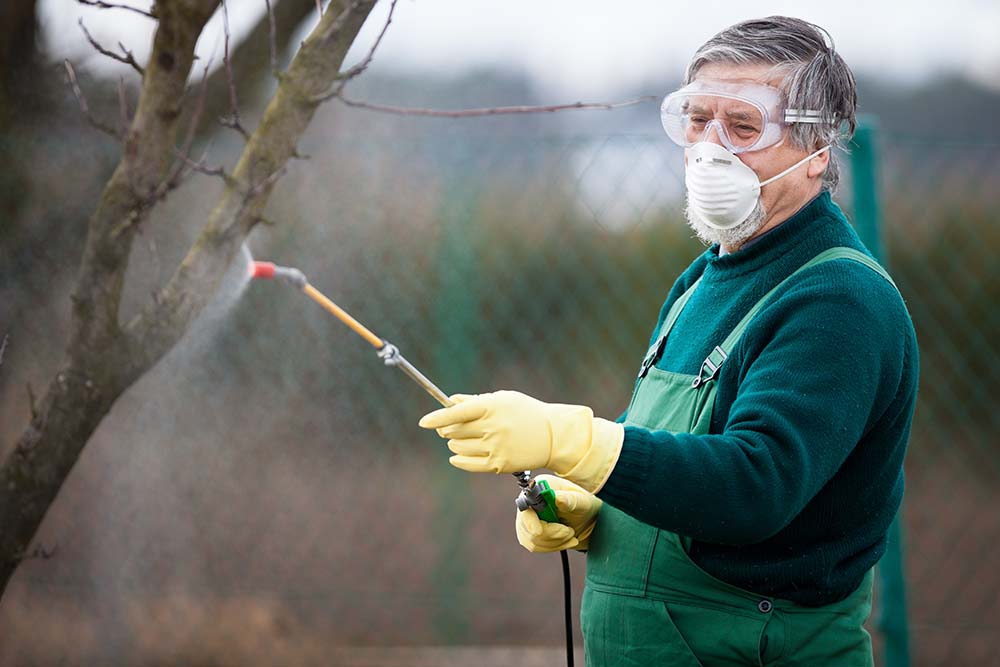Price often influences our buying decisions. When you don’t understand why a product has the price it does, you may decline to make the purchase. How much we spend on a purchase right now can take up more of our attention than the benefits that purchase will bring later.
For slow and fast release fertilizers, it’s important to understand that the product applications, and the solutions they provide, are just as important as their price tags.
Slow release fertilizers
Slow release fertilizers have a higher cost upfront, but earn you savings (in money, time and labor) later on.
Ask yourself:
- Why do I need fertilizer?
- What fertilizer do I need?
- What can I expect from my fertilizer?
- How much do I need?
- How often do I fertilize?
- How much time will I spend fertilizing?
- After fertilizing, how frequently will I need to mow?
Your answers will impact what fertilizer you need, but often, the most effective solution is a slow-release fertilizer application.
The break down
With the variety of regional climates across the country, a fertilizer will break down differently depending on where you apply it.
Fertilizer manufacturers test their fertilizers in soil temperatures between 70 and 82 degrees Fahrenheit, and the products are available in three-, six-, nine-, or even 12-month release formulas. Similar to a 12-hour extended release medication, the product’s coating will break down only so fast.
Remember that the higher the temperature, the faster the product will break down, and vice versa for colder temps. Active microorganisms, osmosis, oxidation (the combination of a substance with oxygen) and water can also affect how fertilizer nutrients break down and release over time.
 The difference between fast and slow/controlled released fertilizers
The difference between fast and slow/controlled released fertilizers
Consider the food and drink you consume. Caffeine provides a quick source of energy, but also a quick decrease. If you have a healthy meal, your energy gradually increases and then diminishes until your next meal. A slow-release fertilizer does the same for plants.
You wouldn’t waste the food on your plate. So it’s important to avoid wasting fertilizer nutrients, whether it’s caused by sodium or overwatering.
A quick release of nitrogen can help grass grow quickly and improve its appearance, but a rapid decrease in growth and appearance follows. A fast-release fertilizer will require additional applications to create satisfying results.
With a slow-release fertilizer, nutrients are spoon-fed to the plant so it can use them when needed. Depending on the product, about 60 percent will be released within three weeks after the initial application.
Reducing disease risk
Besides the product’s constant slow release and the related labor savings, another advantage is a reduced risk of plant disease.
Warm season diseases thrive off of three things: temperature, water and nitrogen. You can reduce the risk of certain diseases by controlling how much nitrogen is available in the soil during humid months.
Slow-release, long savings
Slow-release fertilizers include a higher cost upfront, but over time create savings in money and labor. They also reduce the risk of plant disease as well as the number of required applications.
Visit your local Ewing branch to learn more about how slow-release fertilizers can benefit your landscapes.




